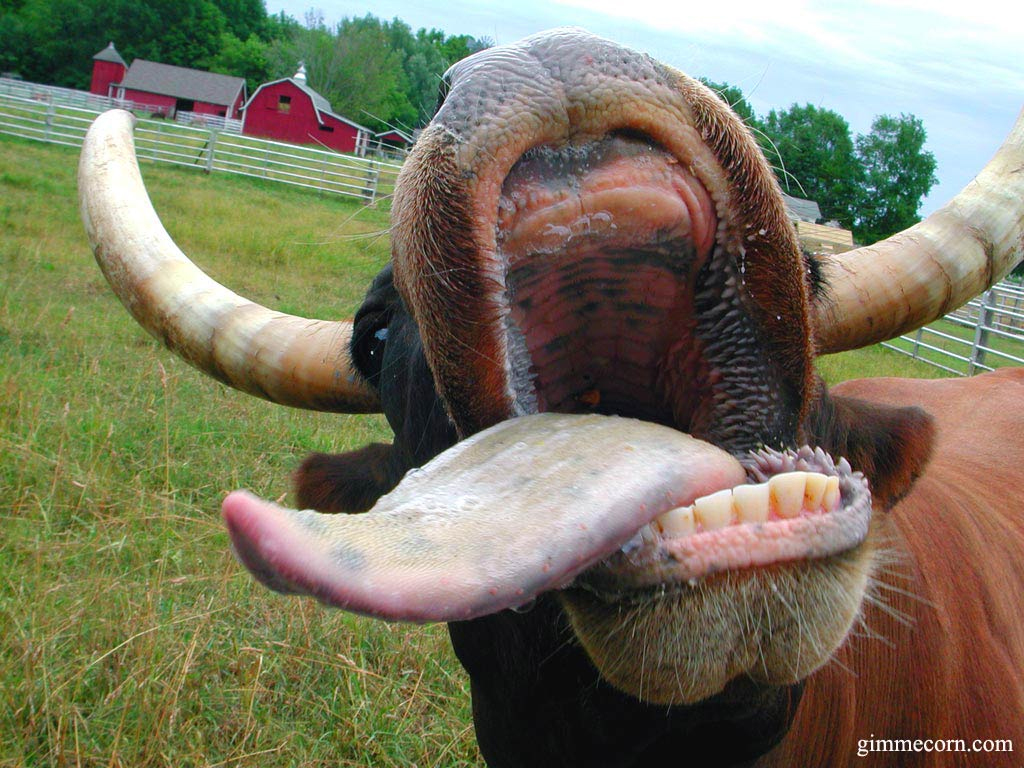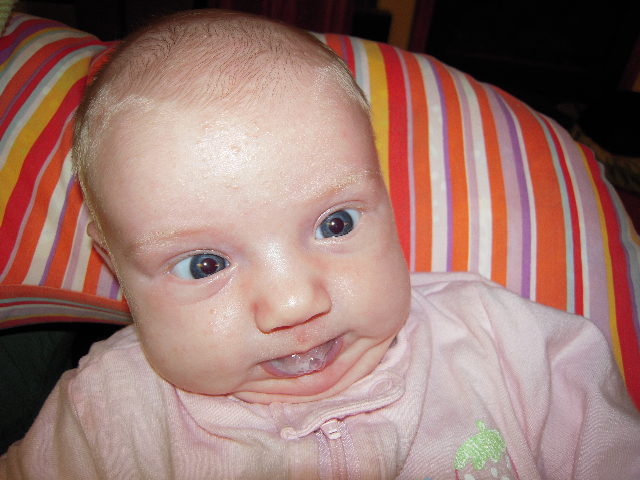My wife is a champ; she breast fed both of our boys exclusively. My wife is a professional dancer so she keeps in great shape but sometimes this can be challenging when you’re raising 2 young kids. I recall this one time I came home from work to find my wife doing push-ups and breastfeeding at the same time-incredible, she is my hero.
The New York Times reports:
Many studies have strongly suggested that the trillions of microorganisms that inhabit the human body influence our current and future health and may account for the rising incidence of several serious medical conditions now plaguing Americans, young and old.
The research indicates that cesarean deliveries and limited breast-feeding can distort the population of microorganisms in a baby’s gut and may explain the unchecked rise of worrisome health problems in children and adults, including asthma, allergies, celiac disease, Type 1 diabetes and obesity. These conditions, among others, are more likely to occur when an infant’s gut has been inadequately populated by health-promoting bacteria.
A growing number of researchers and consumers are now paying more attention to where it all begins, especially how this huge population of microbes in our bodies, called the microbiome, is affected, for good or bad, by how babies are born and nourished.
As this still-evolving information trickles down to prospective mothers, it could — and perhaps should — lead to profound changes in obstetrics, pediatrics and parenting. The two most important would be fewer scheduled cesarean deliveries and more mothers breast-feeding exclusively for six months to enhance the kinds and amounts of bacteria that inhabit an infant’s gut.
These organisms perform important functions that include digesting unused nutrients, producing vitamins, stimulating normal immune development, countering harmful bacteria and fostering maturation of the gut.
A disruption in one or more of these functions can lead to serious, sometimes lifelong, health problems. If, for example, gut maturation is impaired or delayed, some experts believe undigested proteins could leak into the bloodstream and trigger an allergy or gluten intolerance, or an impaired immune system could result in an autoimmune disorder like Type 1 diabetes, juvenile arthritis or multiple sclerosis.
Babies are exposed to some organisms in utero, but the organisms encountered during birth and the first months of life have the greatest influence on those that become permanent residents in their guts. Recent studies have shown that both a vaginal birth and exclusive breast-feeding can significantly affect the kinds and numbers of their gut microbes and the risk of developing various health problems.
The rest of the story can be found here







.jpg) Dana Cowin, the editor in chief of Food & Wine, said,
Dana Cowin, the editor in chief of Food & Wine, said, What’s worse is that sustainably-minded Michael Pollan is stiffing students for $25,000 to come and share his menu planner.
What’s worse is that sustainably-minded Michael Pollan is stiffing students for $25,000 to come and share his menu planner..jpeg) Mayor Richard Daley said his administration will listen to the drivers’ request and review their recommendations.
Mayor Richard Daley said his administration will listen to the drivers’ request and review their recommendations. If only Monsanto didn’t genetically-engineer seeds …
If only Monsanto didn’t genetically-engineer seeds … Breastfeeding has been tricky on numerous levels. Fortunately, storing breast milk is one of the few areas where I’ve found really conflicting advice. The most helpful book I purchased, The Nursing Mother’s Companion by Kathleen Huggins, only briefly covers milk storage stating in a chart that the limit is 72 hours in the refrigerator (p. 189). She contradicts herself elsewhere saying, “You can keep your milk for 24 to 48 hours in the refrigerator or for up to three months in the freezer” (p. 104).
Breastfeeding has been tricky on numerous levels. Fortunately, storing breast milk is one of the few areas where I’ve found really conflicting advice. The most helpful book I purchased, The Nursing Mother’s Companion by Kathleen Huggins, only briefly covers milk storage stating in a chart that the limit is 72 hours in the refrigerator (p. 189). She contradicts herself elsewhere saying, “You can keep your milk for 24 to 48 hours in the refrigerator or for up to three months in the freezer” (p. 104).